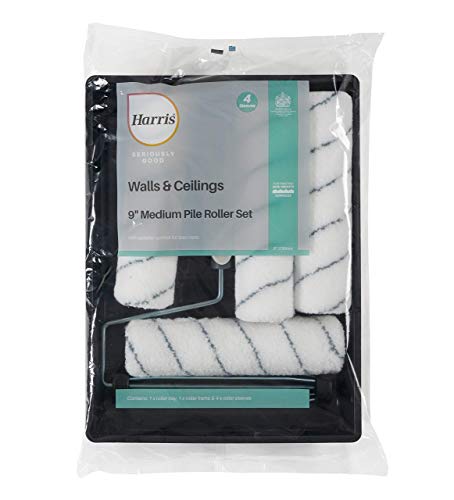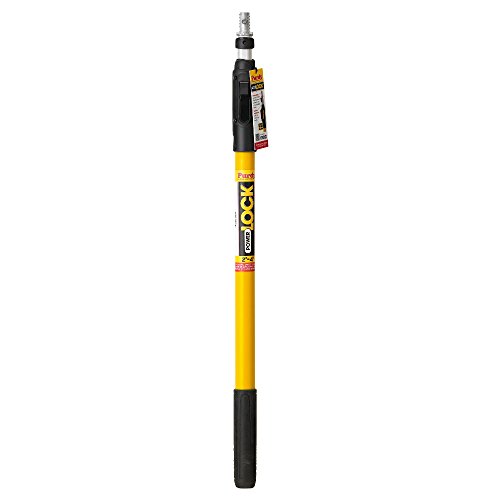Can you wallpaper over wallpaper? Find the answers here
Get expert advice and insight on whether or not you can wallpaper over wallpaper
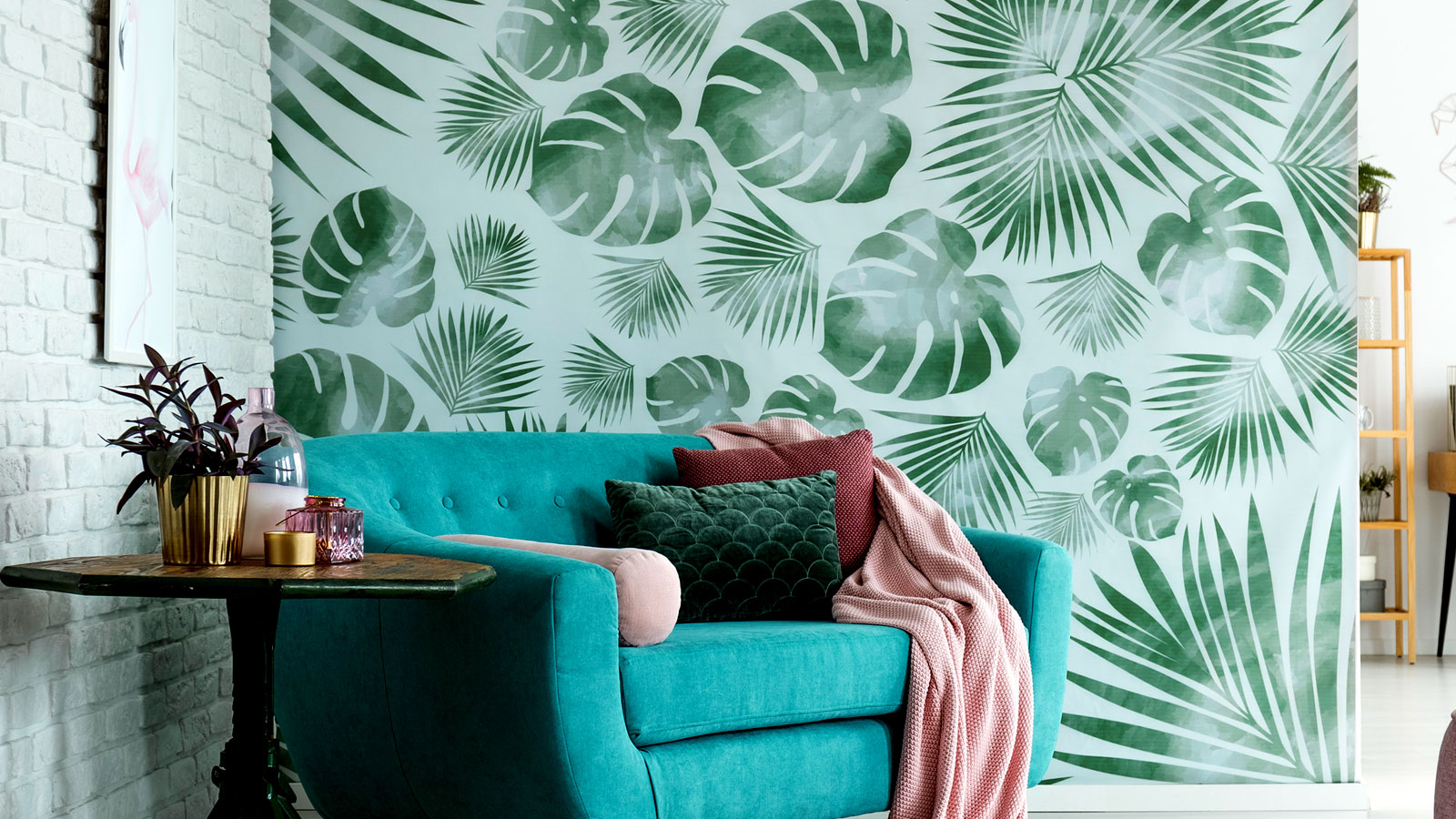
Can you wallpaper over wallpaper? Yes, you can, but it's not as straightforward as you might think. Before you go ahead, you need to consider a whole bunch of factors. Get it wrong, and you’ll wish you had never started.
Knowing how to wallpaper goes a long way toward ensuring that any wallpaper you put over your old wallpaper will stay put. But, you will need to make a judgement call on whether you should go ahead. Here, the experts share their knowledge with you to help you make the right decisions.

James is the CEO of wallpaper brand Bobbi Beck. He has over a decade of experience in the wallpaper industry and a wealth of knowledge in DIY and decorating.
Can you wallpaper over wallpaper?
The simple answer is yes, you can wallpaper over wallpaper, but what benefits does it bring? James Mellan-Matulewicz, CEO at Bobbi Beck, says, “Wallpapering over wallpaper can be a practical solution in saving time and effort during re-decorating whilst achieving a fresh, updated look.” He adds, “If the existing wallpaper is in good condition, then it can act as a stable base for the new wallpaper, eliminating the need to remove any old wallpaper.”
The first thing you need to do is look at the wall's current wallpaper and determine if it's fit for purpose. Mellan-Matulewicz says, “It’s important to check the existing wallpaper condition before wallpapering over it. It should be smooth and firmly attached to the wall and free from any peeling or bubbling.” He adds, “If all of the above apply to your wall, then you can install new wallpaper over the pre-existing one”
However, says, Mellan-Matulewicz, “If the pre-existing wallpaper is textured, heavily patterned or has dark colours, you might want to install a lining paper over this first to prevent the old wallpaper from showing through.” He adds, “It’s also worth noting that applying wallpaper over a glossy or uneven surface without priming can lead to adhesion issues.”
Another consideration is how many layers of wallpaper are on the wall. If there is more than one (not including lining paper), you typically want to strip the walls back to bare walls.
If your wallpaper is peeling, consider repairing it with a specialist adhesive like Solvite ready-mixed wallpaper repair adhesive from B&Q.
Finally, is it easier to remove the wallpaper and start again? If you are unsure about the state of your current wallpaper, then your best bet is to remove the old wallpaper and start afresh.
Try these tools when wallpapering over wallpaper
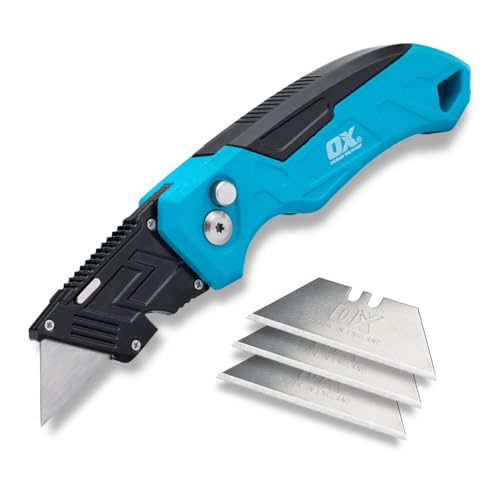
This heavy-duty folding knife comes with extra blades stored in the handle. It is ideal for all wallpaper repair jobs and DIY tasks.
Steps to prep old wallpaper for new wallpaper
Before you can start to hang any new wallpaper over your old wallpaper there are a few steps you need to take to prep the old wallpaper.
1. Check the wall
Before dealing with any wallpaper issues, check the wall for any obstructions, holes and loose plaster. Look for any nails and screws that might be protruding from the wall and remove to stop them ripping your new wallpaper. If there are any holes fill with patching plaster or a general purpose interior filler like Tetrion All Purpose Powder Filler from Amazon.
If you find any loose plaster, get a Stanley knife and gently cut the through the wallpaper and plaster around the loose plaster and remove with a filling knife or similar. Then use a stiff brush to remove any loose debris, fill, wait for it to dry and rub down.
2. Seal up seams
Identify any raised seams or loose corners on the wallpaper and fix with a wallpaper repair adhesive and a seam roller like the ProDec Rosewood Seam Roller from Amazon. If you have any bubbles in the wallpaper, get a sharp knife, put a slit in the bubble, add repair adhesive under the bubble and roll flat with the seam roller. Wipe off any excess adhesive with a damp cloth.
3. Clean walls
After you have finished the previous two steps you need to give the walls a final clean. Get a stiff brush and brush down the walls from top to bottom. Finally, get a sponge, bucket and a sugar soap solution and wipe down the walls and leave to dry. Check out our in-depth What is sugar soap guide for more tips and hints.
FAQs

Nick’s career at Harris Brushes stretches back more than 35 years. His experience and product understanding informs the evolution of all Harris products, from benchmarking to insight, research and development.
What is the fastest way to remove old wallpaper?
If wallpapering over wallpaper isn’t an option you’ll need to get rid of the old wallpaper. You might be able to rip off the old wallpaper, but you’ll need a different approach for more stubborn wallpaper.
Nick Parsons, Technical Manager at Harris says, “Like all DIY projects, preparation is key. Start off by covering the floor area with a dustsheet, especially if the room is carpeted, and apply some masking tape, like this Frog Tape Multi-Surface Masking Tape from Amazon, to cover up any plug sockets to prevent water from reaching them.”
When ready, Parsons shares the next step, “Take a sponge and fully soak the paper with warm water, this will help to melt the adhesive paste that was previously used to stick the wallpaper down.” He adds, “After several soakings, your paper should be almost falling off and ready to peel.”
If struggling to get the wallpaper off, Parsons says, “If the top layer isn’t peeling off easily with water, a top tip is to score the wallpaper with a durable knife.”
Next, using a stripping knife, like this Harris Seriously Good Stripping Knife from Amazon, peel off the wallpaper in a seamless motion.” He adds, “If the paper is resistant to peeling away easily, repeat the soaking process and then try removing the wallpaper again.”
To finish, Parson says, “Once all the old wallpaper has been removed, brush your hand over the wall to feel for any spots where the adhesive is still present and buff this away with sugar soap and a microfibre cloth."
Do I need a primer to paint over wallpaper?
Rather than applying new wallpaper over your old wallpaper you could give it a coat of paint to get it looking like new. But before you start painting you will need to do some prep to get the wallpaper ready for painting (see above).
The type of wallpaper will determine how you apply paint when painting over wallpaper. If you have previously painted lining paper, Anaglypta or similar you can prep and emulsion over if the colour contrast isn’t too great. But, if you have a vinyl or a heavily patterned wallpaper you will need to apply a primer before adding a top coat. Zinsser Wallpaper Cover-Up paint from Amazon is an excellent all-in-one primer that covers strong wallpaper prints, blocks stains and makes a great base coat.
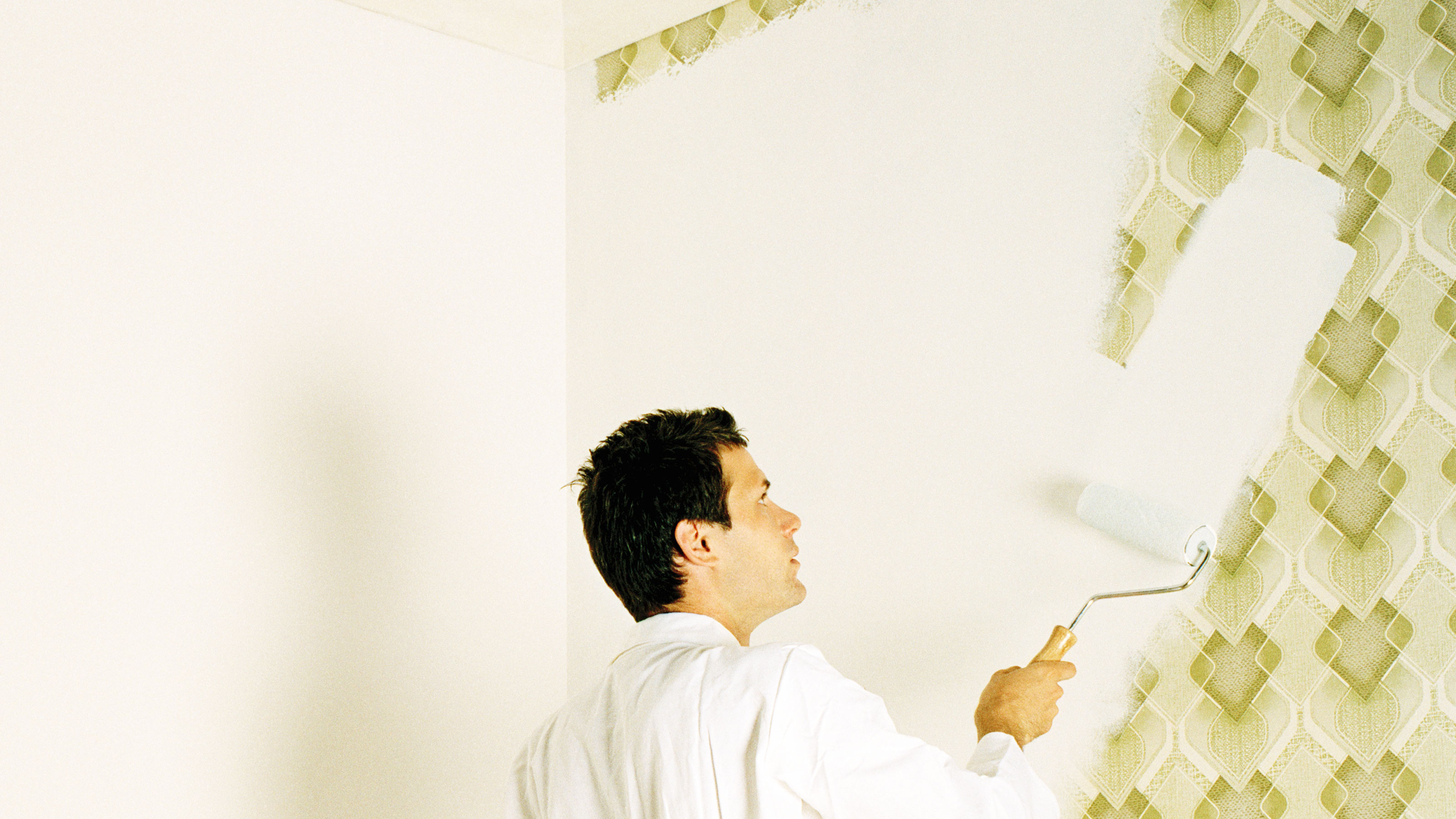
When adding wallpaper over wallpaper, you will need the right wallpaper tools to get the best finish. bubbles in wallpaper are often an issue, so make sure to get rid of them. Finally, when you’ve finished the job, you’ll need to know how to dispose of wallpaper paste properly.
Get the Homebuilding & Renovating Newsletter
Bring your dream home to life with expert advice, how to guides and design inspiration. Sign up for our newsletter and get two free tickets to a Homebuilding & Renovating Show near you.
Steve Jenkins is a freelance content creator with over two decades of experience working in digital and print and was previously the DIY content editor for Homebuilding & Renovating.
He is a keen DIYer with over 20 years of experience in transforming and renovating the many homes he has lived in. He specialises in painting and decorating, but has a wide range of skills gleaned from working in the building trade for around 10 years and spending time at night school learning how to plaster and plumb.
He has fitted kitchens, tiled bathrooms and kitchens, laid many floors, built partition walls, plastered walls, plumbed in bathrooms, worked on loft conversions and much more. And when he's not sure how to tackle a DIY project he has a wide network of friends – including plumbers, gas engineers, tilers, carpenters, painters and decorators, electricians and builders – in the trade to call upon.
